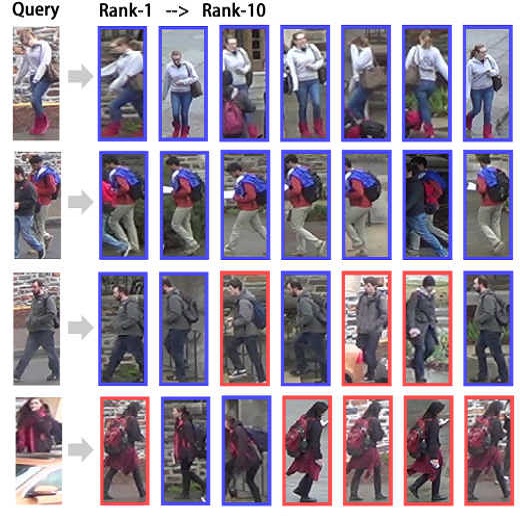Person recognition at a distance entails recognizing the identity of an individual appearing in images or videos collected by long-range imaging systems such as drones or surveillance cameras. Despite recent advances in deep convolutional neural networks (DCNNs), this remains challenging. Images or videos collected by long-range cameras often suffer from atmospheric turbulence, blur, low-resolution, unconstrained poses, and poor illumination. In this paper, we provide a brief survey of recent advances in person recognition at a distance. In particular, we review recent work in multi-spectral face verification, person re-identification, and gait-based analysis techniques. Furthermore, we discuss the merits and drawbacks of existing approaches and identify important, yet under explored challenges for deploying remote person recognition systems in-the-wild.
翻译:远程个人识别意味着识别通过无人驾驶飞机或监视摄像机等远程成像系统收集的图像或视频中出现的个人身份。尽管在深入进化神经网络(DCNN)方面最近有所进展,但这仍然具有挑战性。远程相机收集的图像或视频往往受到大气动荡、模糊、低分辨率、不受约束的外表和低光化的影响。本文简要地介绍了在远程个人识别方面的最新进展。特别是,我们审查了最近在多光谱面识别、人重新识别和以步法为基础的分析技术方面开展的工作。此外,我们讨论了现有方法的优缺点,并确定了在边缘部署远程人识别系统方面存在的重要但有待探讨的挑战。




